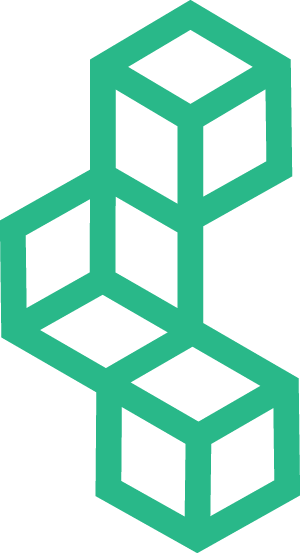Creating school environments that foster learning is more than just arranging desks and hanging motivational posters. The concept of "Learning Environment Optimization" has taken center stage, appealing to educators and administrators who seek to enhance the educational experience through thoughtful facility enhancements. Aligning K-12 solutions and infrastructure planning can bring new life into schools and enrich student experiences.
Strategic Capital Improvement in Schools: Learning Environment Optimization
The traditional classroom setting is evolving, and there's no better time to explore the concept of Learning Environment Optimization. Enhancing educational experiences creates a dynamic and engaging atmosphere that fosters growth and development for students and educators alike.
Join Intellis as we delve into the exciting possibilities and potential of optimizing learning environments with Solutions for K-12 Schools and unlock the full potential of education.
Understanding Learning Environment Optimization
Learning environment optimization is about strategically designing and modifying educational spaces to maximize student engagement and learning outcomes. This goes beyond aesthetics and involves using evidence-based strategies to create conducive learning environments.
Why It Matters
You might wonder, does the arrangement of desks make a difference? The answer is a resounding yes. Research indicates that the physical environment can significantly impact student performance. Lighting, acoustics, and color schemes can influence student behavior, focus, and motivation. Optimizing these elements can create a learning atmosphere that supports educational goals and enhances comfort and accessibility.
Key Elements of a Dynamic Learning Environment
- Flexible Seating Arrangements: Traditional rows of desks can stifle collaboration and creativity. Flexible seating options encourage movement and interaction, allowing students to choose environments that best suit their learning styles.
- Enhanced Lighting and Acoustics: Natural lighting and soundproofing aren’t merely nice-to-haves; they’re crucial components that can reduce fatigue, improve concentration, and boost overall mood.
- Technology Integration: In today's digital age, learning environments that seamlessly integrate technology can provide students with the tools needed for modern learning. Interactive whiteboards, tablets, and laptops can transform lessons and facilitate engaging hands-on experiences.
- Sustainable Design: Incorporating eco-friendly materials and energy-efficient systems benefits the environment and creates healthier spaces for students and staff.
- Supportive Infrastructure: Facilities such as libraries, labs, and breakout rooms should be designed to support specific educational activities, providing spaces where students can delve deeper into subjects or collaborate in groups.
Aligning with K-12 Solutions
Optimizing learning environments aligns perfectly with broader K-12 solutions and infrastructure planning. As schools draft long-term plans, considering these enhancements can set the stage for future-ready education. While these upgrades don't replace excellent teaching, they complement it by providing the necessary backdrop for innovative educational practices.
Making the Case for Investment
While some may view optimizing learning environments as a luxury, the benefits to student well-being and academic performance make it a worthy investment. Improved test scores, heightened engagement, and reduced absenteeism are just a few of the potential benefits. When school leaders understand and communicate these advantages, securing funding for such projects becomes more feasible.
Optimizing Learning Environments: Strategic Enhancements for K-12 Success
Learning environment optimization is not just about creating visually appealing spaces but crafting an educational experience that meets students' diverse needs. Schools can create inviting, dynamic, and effective learning environments by strategically enhancing facilities.
Optimizing school learning spaces plays a pivotal role in fostering student and educator success. So, while it may not be the most crucial part of education, it's undoubtedly a step towards creating inspiring spaces where students can thrive.
Ready to transform your classroom into a dynamic learning hub? Discover actionable strategies and expert insights to boost student engagement and academic success. Schedule a discovery call with us to unlock the potential of your learning environment today!
--
Additional Resources
- Why Intellis for K-12 Schools?
- How the Intellis Foundation System Improves Facility Assessments.
- Discover ways to secure funding for your projects.
- Improving Schools: A Guide for K-12 Facility Managers.
- What is Capital Budgeting?


